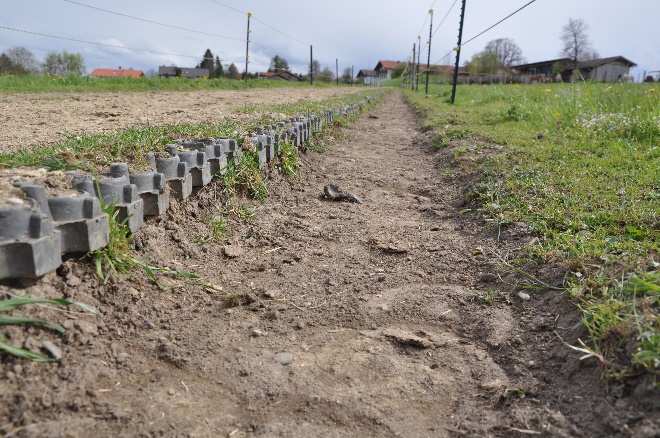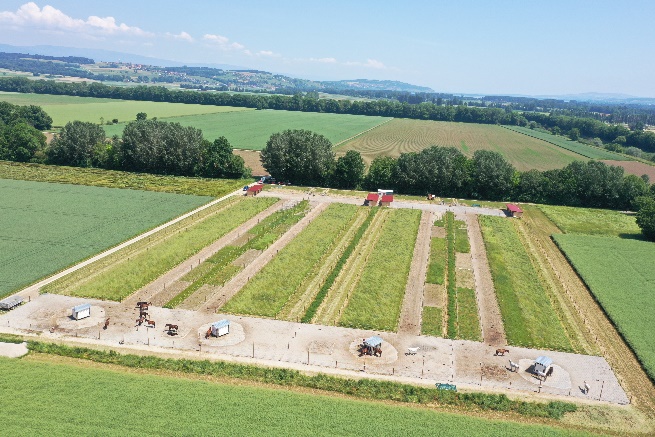Paddock trails as a potential conflict of goals between animal and cultivated land protection
Paddock trails offer horses the possibility to follow their natural urge to move and to behave typical in a group association. This type of horse husbandry has however inevitably consequences for the physico-chemical properties and structure of soil, potentially affecting soil quality in a negative way.
The aim of this study is to determine long and short-term changes in the soil structure and biological activity under covered paddock trails and to compare these findings with the soils of uncovered paddock trails. Specifically, we ask if commonly used soil covers on paddock trails prevent soil from losing critical functions due to soil compaction, loss of fertility and microbial activity in the long-term.
It can be hypothesized that soils are better protected when covered and remain therefore in better condition compared to unprotected paddock trails. To test this hypothesis, a project with existing paddock trails across Switzerland, Germany and Luxembourg determines the long-term changes through a range of physico-chemical soil parameters (Bulk density, CN, texture, pH, microbial biomass) in a depth explicit way. Additionally, newly built paddock trails on Agroscope site in Avenches should determine the short-time changes in soil quality under paddock trails for horses


